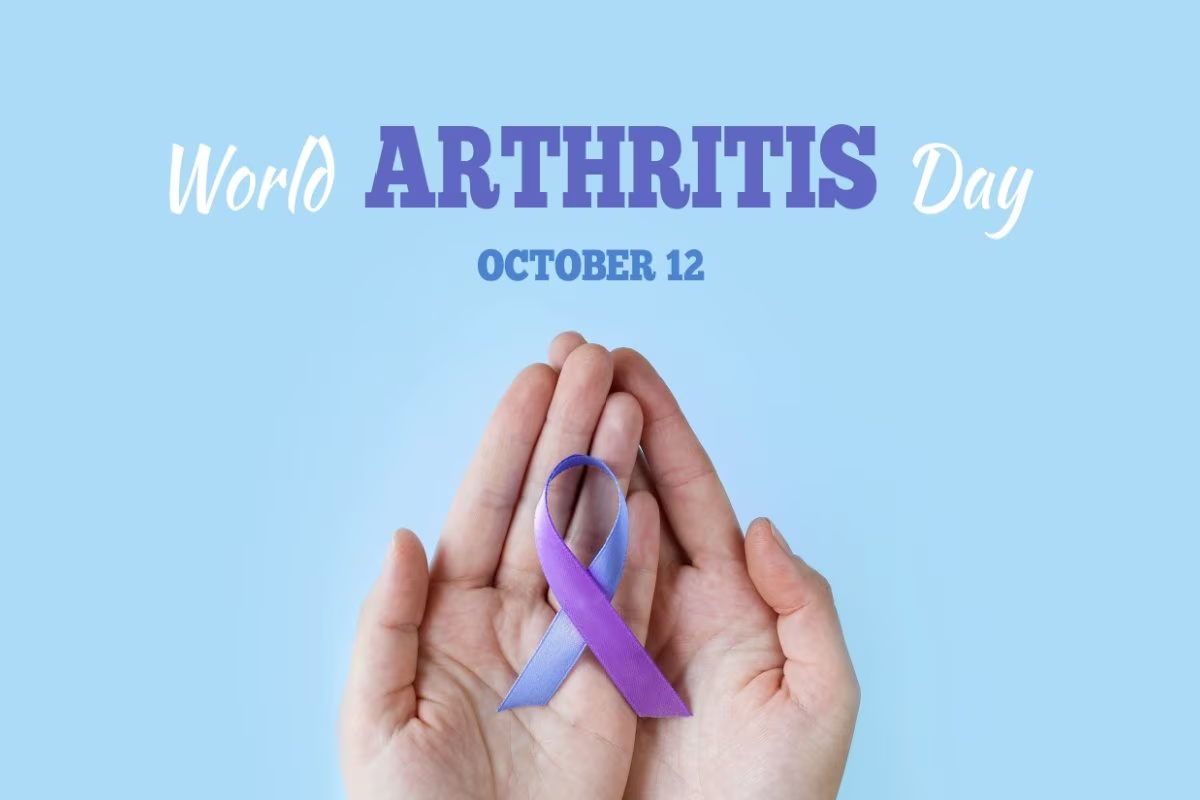Oct 13,2024

Arthritis is a condition related to the joints, surrounding tissues, and other connective tissues which leads to inflammation of the joints, causing pain, stiffness, swelling, and decreased range of motion. It is often associated with older age. However, arthritis is not exclusive to the elderly, people of all ages can get affected, including those in their 20s. Although it seems unlikely, arthritis is not uncommon in young people, and early recognition of signs and symptoms can lead to more effective treatment and better outcomes. Dr. Lalit Kumar Lohia, Consultant- Orthopaedics department, Manipal Hospital Dwarka, New Delhi shares all you need to know about the condition.
There are many different types of arthritis, osteoarthritis and rheumatoid arthritis are the most common among younger individuals. Apart from this, Juvenile idiopathic arthritis (JIA) is a condition that can begin in childhood or adolescence and can continue in young adults. It is a chronic auto-immune condition that leads the immune system to attack its healthy cells and tissues, weakening the joints and causing inflammation, pain, stiffness, and difficulty in movement. Unlike adult arthritis, which often has a degenerative component, JIA primarily involves immune system dysfunction.
The most common causes of arthritis at a young age can be:
Here are some early signs and symptoms that may indicate arthritis in your 20s:
For people in their 20’s, early detection is key to managing arthritis effectively. Don’t ignore the signs if you’re experiencing persistent joint pain, stiffness, or swelling. Consult a doctor for diagnosis of the underlying cause and to ensure proper treatment. Early intervention, lifestyle modification, and proper treatment can help to live a full and active life even after getting diagnosed with arthritis at a young age. For young adults with severe arthritis that doesn’t respond to non-surgical treatments, surgery may become necessary. Procedures like joint replacement (for severely damaged joints) or synovectomy (removal of inflamed joint tissue) can help relieve pain and restore joint function. While surgery is usually the last option, it can offer significant relief and improve the quality of life when other treatments have failed.
.svg)
